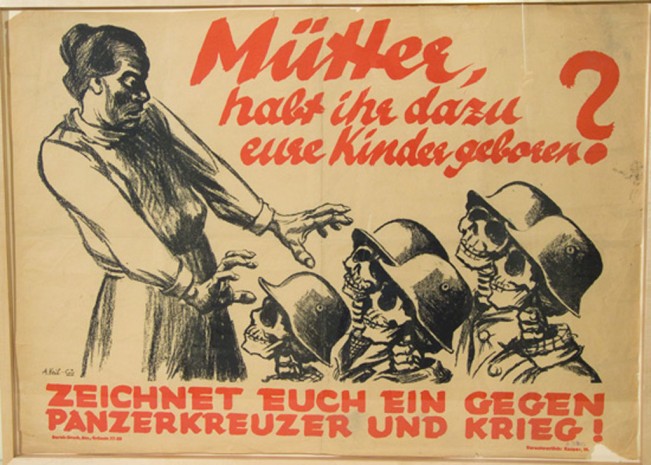Prints & Politics
In Weimar Germany
The period between the abdication of Kaiser Wilhelm II in November 1918 and Adolf
Hitler’s seizure of power in January 1933 was one of great creative ferment in Germany. Expressionism, which had dominated the German avant-garde before World War I, survived into the early 1920s, merging with various newer trends. The Dada movement, founded in 1916 by a group of expatriate artists disgusted with the war effort, brought its free form iconoclasm to bear on the postwar German society. Dire social and economic circumstances seemed to demand a more pragmatic and realistic aesthetic, and by 1925 the Neue Sachlichkeit (New Objectivity) was widely hailed as the principal mode of the decade. However, German artists in the 1920s were united less by a single style than by their overriding concern with humanitarian themes. Today, when contemporary artists are again turning to overtly political subjects, a look back at Weimar Germany offers a useful object lesson about the capabilities and limitations of socially motivated art. This exhibition features lithographs and etchings by a number of the leading artists in post-World War I
Germany including Otto Dix, George Grosz, Lea Grundig, John Heartfield, and Käthe Kollwitz, as well as a number of political posters made during the years between the wars.
Organized by Galerie St. Etienne, New York.









